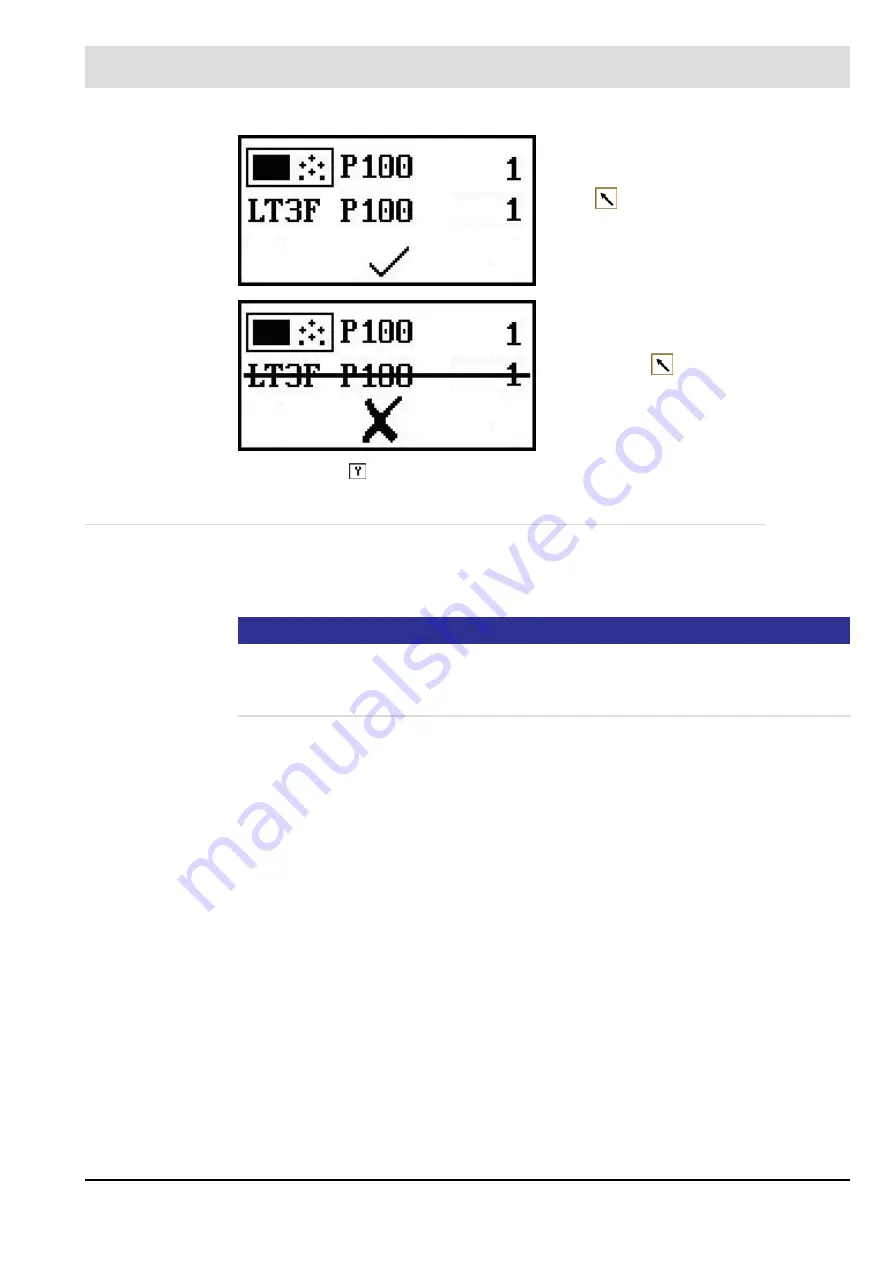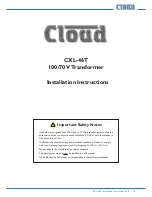
32
5
Maintenance
•
The symbol
appears in the status line.
5.1.7
Response of the Internal Resistance Regulation
The internal ceramic resistance between the reference and O
2
electrodes (R
ki
O
2
) is a func-
tion of the sensor temperature, which is constantly regulated for a perfect function
of the probe.
NOTICE
The optimum operating point of the KS1D probe lies at a R
ki
O
2
of about 20
This value must be reached before the first offset calibration or after a probe replacement is
triggered.
If the measured R
ki
O
2
deviates too strongly from the optimum setpoint value R
ki
S = 20
(see Menu 213), the installation situation of the probe must be changed for optimum operation:
R
ki
O
2
> 25
•
The probe does not become hot enough:
–
The probe was installed in a cold spot and is thus cooled.
Determine a new installation site.
–
If necessary, check whether aR
ki
O
2
of 20
is reached when it is disassembled.
If a too high R
ki
O
2
is assumed by the internal resistance regulation, the probe func-
tions outside of its optimum operating point.
R
ki
O
2
< 20
•
The internal resistance regulation automatically sets the R
ki
setpoint value to 20
:
- After 30 minutes in fault-free measurement operation and subsequent offset
calibration
- After 120 minutes in fault-free measurement operation without an offset calibration
Wait for transmission end indication.
Return to the SETTINGS menu with the
BACK
and repeat the procedure.
In case of cancelling or timeout, this display
appears. Return to the SETTINGS menu
with the BACK
.
Summary of Contents for LT3
Page 2: ......
Page 14: ...13 3 Product Description 3 2 C Declaration of Conformity...
Page 15: ...14 3 Product Description...
Page 19: ...18 4 Display and Operational Controls 4 2 4 Settings Menu Structure...
Page 22: ...21 4 Display and Operational Controls 4 4 1 Main Menu Password Entry...
Page 79: ...78 11 Appendix...
















































